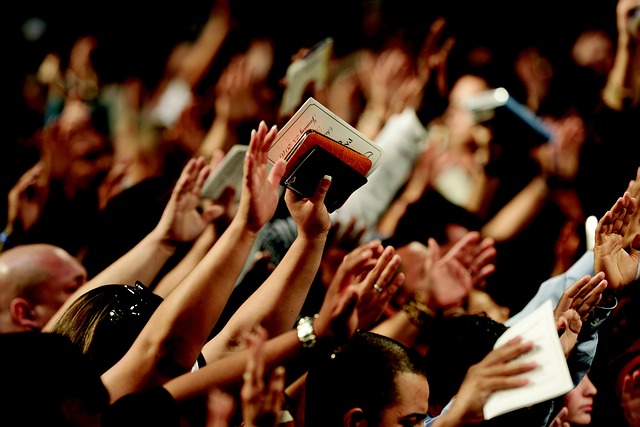Easter is one of the most important and widely celebrated holidays in the Christian calendar, but its roots go much deeper than chocolate bunnies and egg hunts. To understand how Easter got started, we need to explore both its Christian significance and its connections to earlier traditions.
At its core, Easter celebrates the resurrection of Jesus Christ. According to the New Testament, Jesus was crucified on a Friday—now commemorated as Good Friday—and rose from the dead on the following Sunday, now known as Easter Sunday. This event is considered the cornerstone of Christian faith, symbolizing hope, renewal, and eternal life.
The word Easter itself, however, doesn’t appear in the Bible. It’s believed to have originated from the name of a pagan goddess, Eostre (or Ostara), who was celebrated by early Germanic peoples. Eostre was associated with spring, fertility, and new life—symbols that align closely with themes of resurrection and rebirth. The Venerable Bede, an 8th-century English monk, wrote that Christians in Anglo-Saxon England adopted the name of the pagan festival celebrating Eostre and applied it to the Christian holiday.

Long before Christianity, many cultures held spring festivals that celebrated the end of winter and the return of longer, sunnier days. These ancient traditions often included symbols of fertility and new life, such as eggs and rabbits—icons that still persist in modern Easter celebrations. The egg, for instance, is a powerful symbol of new life, and in some early Christian communities, it was used to represent Jesus’ emergence from the tomb.
As Christianity spread across Europe, the Church often merged Christian holy days with existing pagan festivals to make the new religion more familiar and acceptable. Easter is one example of this blending. Over time, the Church formalized the observance of Easter, deciding that it should be celebrated on the first Sunday after the first full moon following the spring equinox. This method of calculation means that Easter can fall anywhere between March 22 and April 25.
The Easter Bunny, one of the most recognizable figures today, has roots in folklore brought to America by German immigrants in the 1700s. Their tradition of an egg-laying hare, known as Osterhase, became popular, especially among children. Over time, the custom evolved into the Easter Bunny we know today, who brings candy and gifts to kids on Easter morning.

So, Easter as we know it today is the result of centuries of religious significance, cultural adaptation, and the blending of traditions. It’s both a solemn occasion marking the resurrection of Jesus Christ and a joyful celebration of spring and new beginnings.
Whether you observe Easter as a religious event, a cultural holiday, or simply a time to enjoy family traditions, its story is a fascinating mix of ancient customs, spiritual beliefs, and human creativity. In reference to our Lord and Saviour has risen. We are not without his blessed hope, grace, and love. All Christians know He brings his life to our life. It is time for family and friends to be together and enjoy fellowship and love with him. We know he is risen, we thank him and praise him for that does he live in you.
